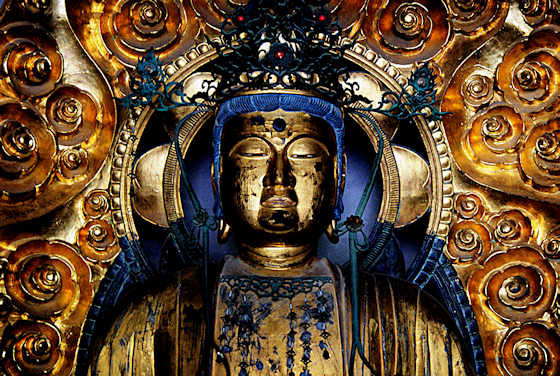The Ken Iwata Mother & Child Museum opened a few months ago in the tiny fishing village of Munakata on Omishima island in the Set Inland sea. It is part of Imabari City on Shikoku.
I can find very little information about the sculptor Ken Iwata other than he was born in 1924 and lives in Saitama. Mother and child seems to be a major preoccupation of his work.
I can find no connection between him and Omishima, and the only connection seems to be the architect of the museum, Toyo Ito.
Toyo Ito is also not from Omishima, but within the village of Munakata he has built 4 structures, the other three I will post on in the coming weeks.
The museum is basically a circular concrete wall with an overhanging lip and a couple of glass walls.
The museum is open from 9 to 5 and entrance is 300yen.
A few of the 44 sculptures on display....

























